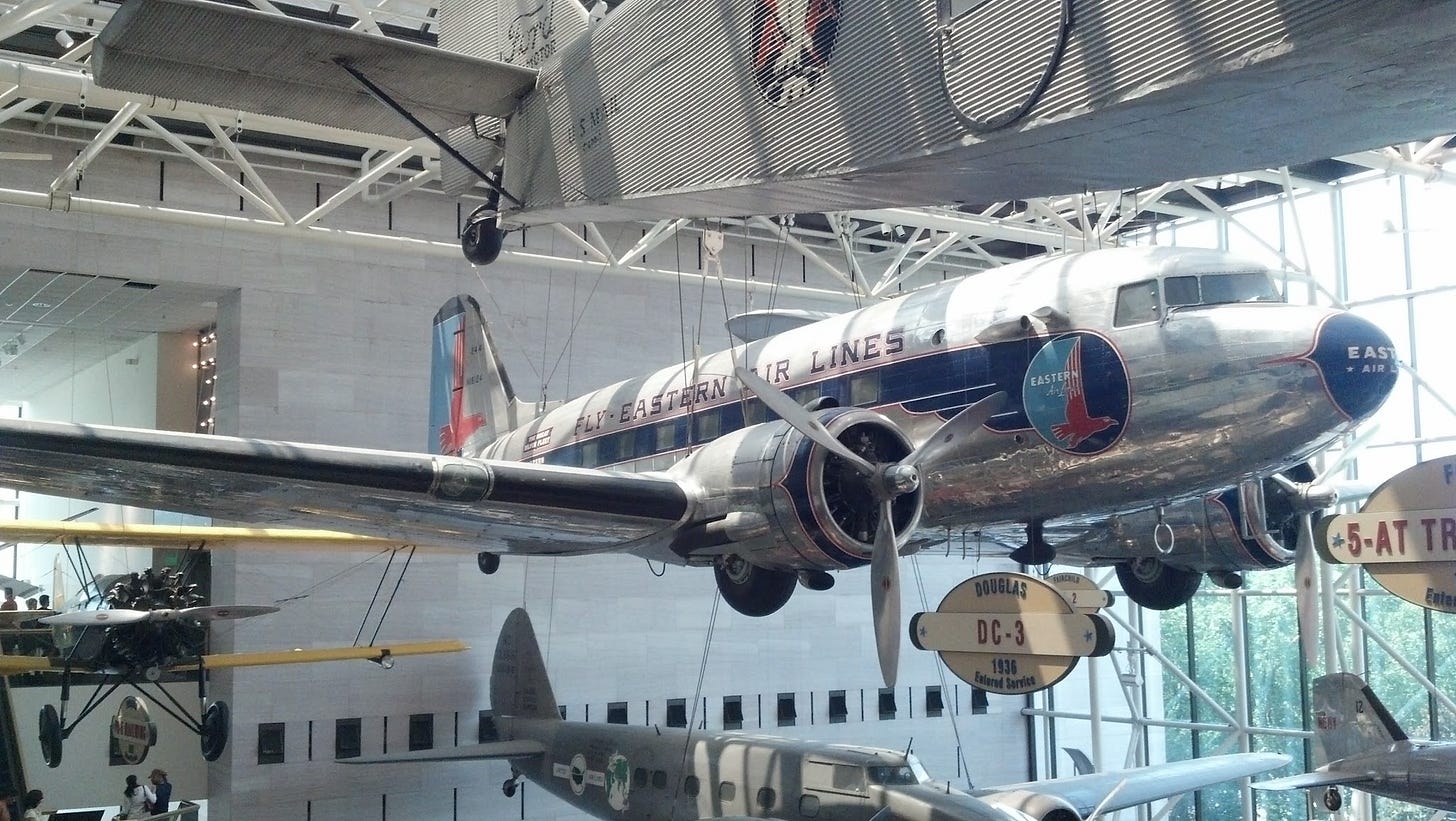The danger of golden ages
On carved roast beef, in-flight smoking, and the importance of looking at history with a critical eye
Some people like to look at the promotional advertising of airline travel from the pre-deregulation era and imagine that all such travel was freshly-carved roast beef and ladies dressed in pearls. But to imagine that all air travel was that way is to surrender both to an ignorance of the facts (like the fact that airliners crashed much more often back then) and to the gauzy lens of marketing.
■ Someday, people might look at promotional videos for today's airline cabins and think that everything we experience is equally glamorous. We know that it's often much grittier than plush seats and private "suites" -- even if those are the experience for some, they're not exactly representative of the travel experience for most people, most of the time. But those are the artifacts that are likely to survive into the future.
■ It's a great illustration of a much broader picture: Just because you see or read something from the past doesn't mean that you're getting the whole story. Even when it's authentic documentation, there's always a form of selection bias about what is kept long enough to be seen in the future.
■ Photos are often staged or selectively taken. The people whose stories get told rarely reflect a true cross-section of public experience -- most people didn't get to fly aboard Pan Am "Clipper Ships". And what we see on the surface doesn't necessarily tell the important facts of the tale -- like deadly crashes, frequent hijackings, and in-flight smoking.
■ The study of history is extremely important. Without it, we are prone to making the same stupid mistakes over and over and over again. But that study needs to be performed with a critical eye and a healthy skepticism. What's missing from the historical record is often just as important as what we can see. Those who only see things from the past and want their "golden ages" back are often the most easily duped of all.



